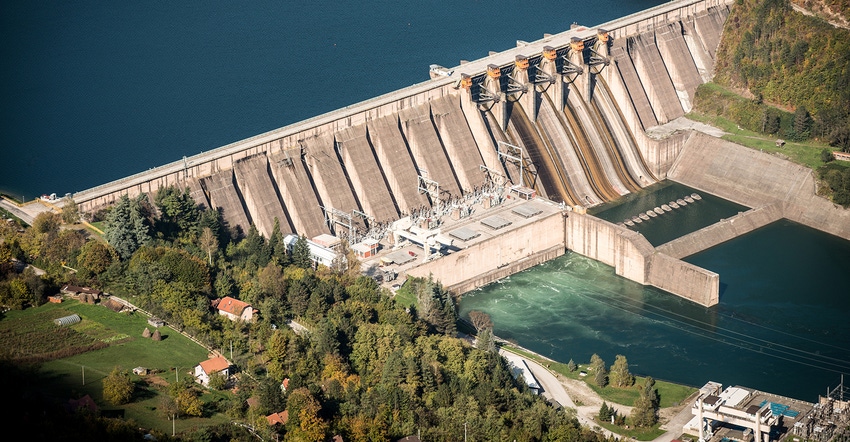February 21, 2017

For many reasons — political, economic, social — the construction of traditional water surface storage projects has almost become a thing of the past. Historical assessments by the federal Bureau of Reclamation found that environmental, safety or geologic challenges sometimes come to light during a project’s development, thus rendering it unfeasible. In other cases, BOR found that political opposition often contributed, leaving the facilities “on the books” awaiting further action, with external events and new priorities passing them by. Western water users have observed that, even if funding and authorization are secured for a new storage project, the existing procedures for developing additional water supplies can make project approval incredibly burdensome.
Fortunately, this paradigm is starting to shift.
Late last year, then-President Barack Obama signed into law the Water Infrastructure Improvements for the Nation Act, which includes provisions authorizing $535 million for desalination, recycling and storage projects in the West. Earlier this year, Sen. John Barrasso, R-Wyo., and Rep. Dan Newhouse, R-Wash., introduced companion bills that would streamline BOR's environmental planning and study process for new water projects.
The two new bills provide a critical first step towards addressing current regulatory and bureaucratic challenges that, many times, will delay or even halt the development of new water supply enhancement projects in the Western U.S. The recent drought has ramped up much-needed congressional interest to enact legislation that will allow Western water providers to better manage and prepare for future dry times. Now, the heaviest rain in a decade has overwhelmed parts of the West Coast, underscoring the critical importance of having modernized and enhanced water storage infrastructure in place to optimize water resources management for the future.
Not so easy to develop new water storage
Western farmers and ranchers rely on the traditional water and power infrastructure built over the last century to deliver irrigation water supplies vital to their farming operations. However, developing new water storage projects is much easier said than done, since the existing procedures for permitting the development of additional water supplies can make project approval incredibly burdensome.
The two new congressional bills aim to accelerate studies and provide more accountability in the federal process to study the feasibility of new and or expanded surface water storage. The goal of the legislation is to reform the current cumbersome, lengthy process so that there is a mechanism to build new surface water storage projects in the West.
For farmers to survive, and for food to continue to be safely and affordably produced here in America, a stable water supply must be available. If we don’t find a way to restore water supply reliability for Western irrigated agriculture through a combination of new water supply and management infrastructure, other water supply enhancement efforts, and demand management — our country’s ability to feed and clothe itself and the world will be jeopardized.
Western water users, President Donald Trump's administration, the 115th Congress and other interested parties are poised to bring new water infrastructure to the forefront of policy discussions, and build a consensus for improving the federal regulatory and permitting process.
Dan Keppen is CEO of the Family Farm Alliance.
About the Author(s)
You May Also Like




